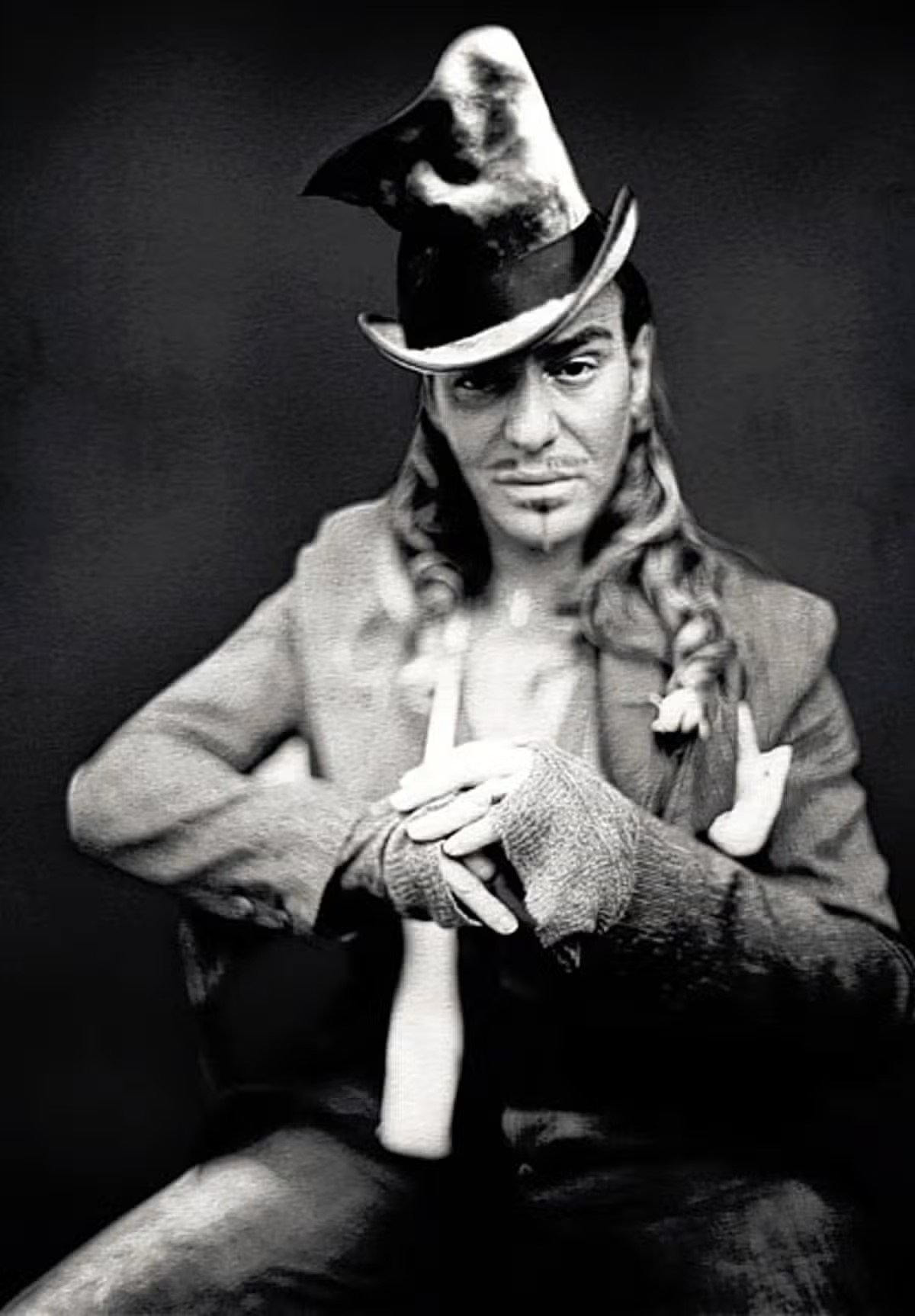ON GALLIANO, ADDICTION AND WHAT HAPPENS WHEN THE SHADOW TAKES OVER.
I knew of the British designer John Galliano like everyone else, but it is only recently that I fully discovered the telling of his disgrace in Kevin MacDonald’s documentary ‘High & Low’.
I am no fashion expert, rather I am interested in this story in psychological terms. As a psychotherapist in training, I want to understand the joy and pain of the rise, the suffering of the fall as well as the abject racism and antisemitic behaviour that Galliano displayed whilst intoxicated at café La Perle in Paris more than a decade ago. What really happened to him and why does it matter to me?
‘High & Low’ introduces the British designer as a genius character who has navigated the fashion industry with talent and exceptional creativity. The documentary depicts Galliano’s life from his childhood to his legendary graduate show ‘Les Incroyables’ at Central Saint Martin in 1984 and follows him through his astonishing career as creative director for Dior and Givenchy couture houses. With the brilliant Steven Robinson, head of both Galliano and Dior’s studios, the duo relentlessly delivered epic and extravagant collections as ‘High & Low’ recalls.
I had a job in fashion once. I was fired the same day I was employed for no reason (my sense is that I was a size 12 and this was not physically acceptable). I was shocked by such dehumanizing culture. Since then, I have heard of other offensive stories which are echoed without complex by the movie industry with Ugly Betty, and The Devil Wears Prada both directed in 2006. In fashion and perhaps in most creative industries, it is chic to be rude, stoned and overworked.
In his documentary, MacDonald tries to understand and rehabilitate the designer by staging a moment of truth. The way he uses his camera conveys a sense of false intimacy with the viewer. This set defined, Galliano gravely answers, like a witness at his own trial, the questions put to him by a voice over. In a way, the director proposes to bring to light the morale aspect of this appalling saga and perhaps chiefly but vainly, the moral character of Galliano’s personality.
My favourite moment is when Galliano visits the Dior archives and gets to see the fabulous garments he once created. His emotion is palpable. He also meets with Fatima who used to work with him. We see them hugging and talking tenderly. We hear her say ‘we think of you both everyday’. Crushed with sorrow, Galliano speaks to the film crew: ‘Fatima was the person who discovered Steven… I am going to need a moment’.
Meanwhile, Philippe Virgitti, one of the victims of the racist abuse is still waiting for an apology. I am certainly waiting for one too, but it is not coming, and I feel that this is the problem. There is a kind of disconnect between Galliano and himself and subsequently between himself and the viewer. When Galliano is asked why he said such abject and abusive words, he replied: ‘I don’t know’.
In the world of psychotherapy, however, we are familiar with the sombre dysfunctional corners of one’s soul. I can well imagine Galliano’s pain when he was suddenly confronted to the traumatic death of his beloved friend and business companion Steven Robinson. I wondered whether he had a chance to express his sadness, grief, and guilt to the world but most importantly to himself. I pictured him as my client and imagined the words I would have told him had he expressed that he loved Hitler in a therapy session.
I remember my readings and my psychotherapy training and the concept of the shadow, and the archetypes as introduced by Carl Jung. I wondered if part of Galliano felt like the mass murderer and persecutor he had mentioned. I fantasized about the ugly affects and emotions he had to repress (or not) to survive under pressure and which, arguably, led him to multiple addictions. I wondered if all of this could have been avoided with the right support at the right time.
Finally, I thought of Steven Robinson and the amount of cocaine he took that day and why he took so much. I wondered about his last thoughts, who he turned to when he felt overwhelmed and stressed in his Paris’ apartment. I wished someone had been with him for support. I asked myself what he would be thinking of the documentary and what he would have said to Galliano had he been with him at La Perle’s café on those fateful nights.
